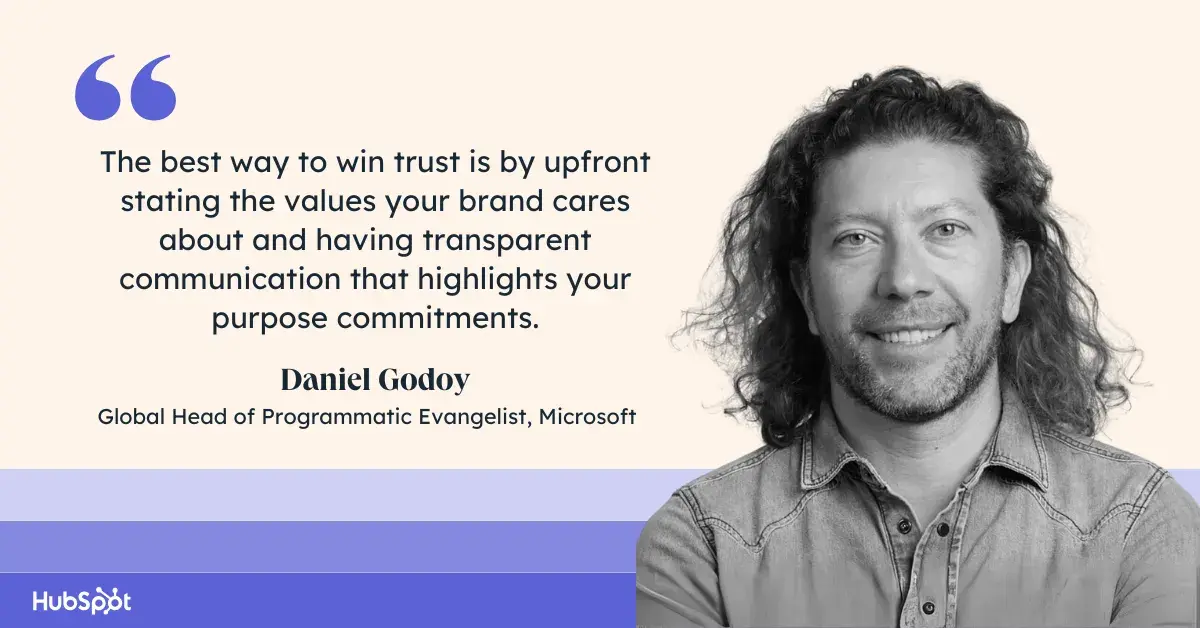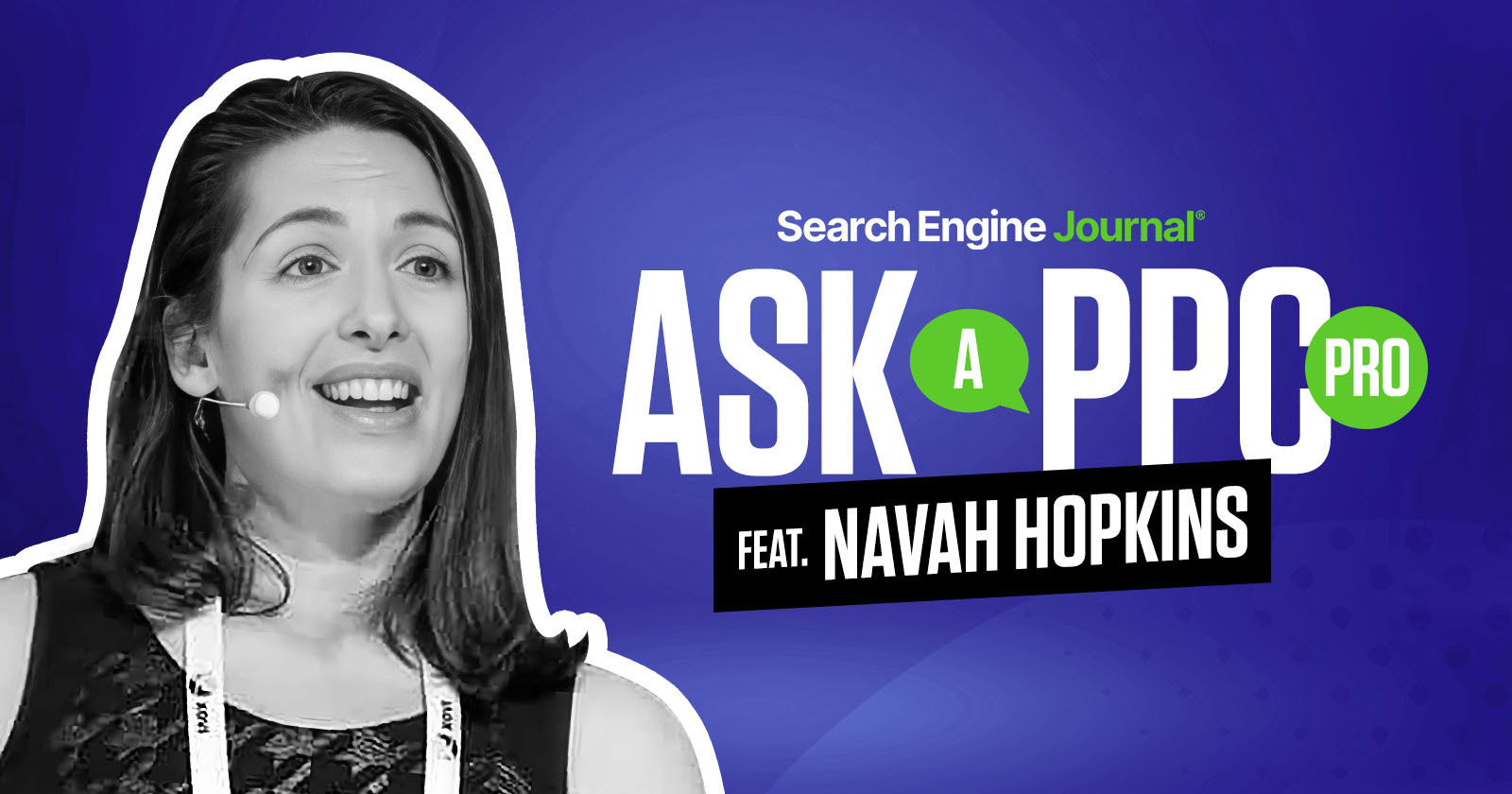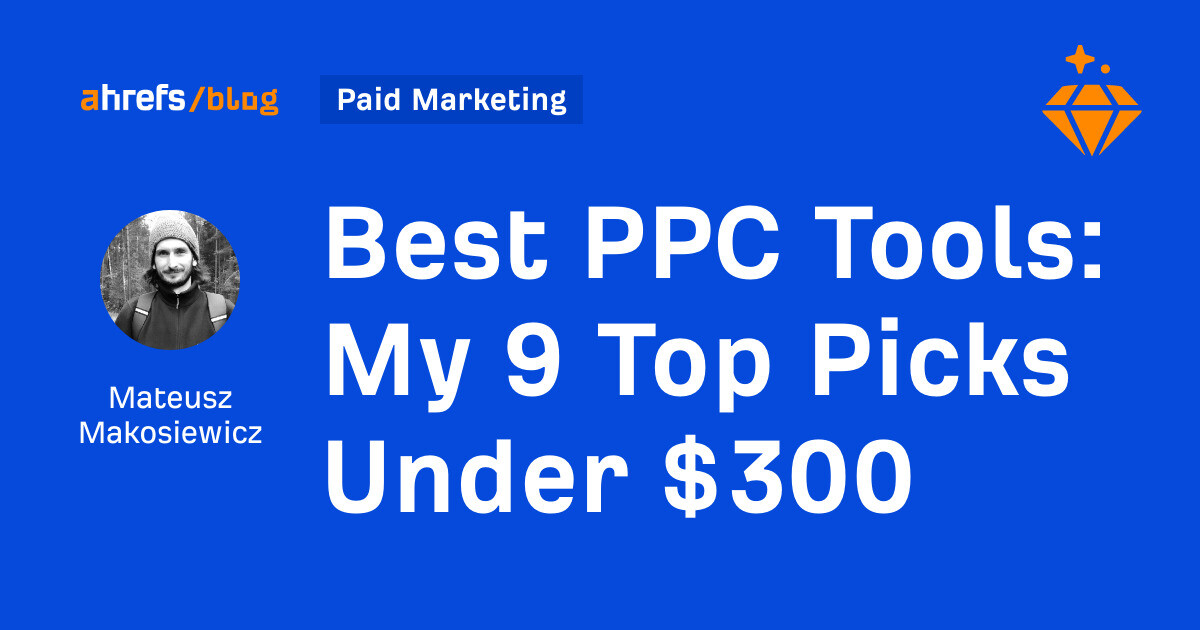The Top Goals of Marketing Managers & Leaders in 2025 [New Data + Expert Tips]
To effectively lead a marketing team, you have to know what you’re working towards. Whether your focus is to increase revenue or improve your customers’ understanding of your products, starting with a clear priority helps guide all your efforts...
![The Top Goals of Marketing Managers & Leaders in 2025 [New Data + Expert Tips]](https://www.hubspot.com/hubfs/marketing-career-goals.webp)
To effectively lead a marketing team, you have to know what you’re working towards. Whether your focus is to increase revenue or improve your customers’ understanding of your products, starting with a clear priority helps guide all your efforts in 2025 and beyond. But sometimes, you may struggle to identify your organization's most important goals. For this reason, we surveyed 700+ marketing executives to help you make the right decisions. Let’s examine the top goals of marketing management for the upcoming year and share some advice from leaders at ClickUp, RocketReach, Uber, and more on how to achieve them. According to our survey, “increasing revenue and sales” is the top priority for most marketing leaders going into 2025, with just over 20% reporting it. This shouldn’t come as a surprise. Our core job as marketers is to impact a business’ bottom line by attracting the right audiences and driving leads down the pipeline for sales. Gaurav Agarwal, ClickUp's chief operating officer, once echoed this sentiment to me: “As a fast-growing company with industry-leading NDR, adding new revenue sustainably is always a top priority. We have to be hyper-focused on building out different growth and sales capabilities to achieve that goal." To increase revenue, marketing leaders must identify areas of their customer journey that can be further optimized. Additionally, marketing leaders will want to focus on lead generation. There is no one-size-fits-all approach to effective lead generation. To improve your lead generation strategy, you might test out new landing pages or calls to action. Try creating stronger offers or re-focus your efforts on more powerful lead nurturing campaigns. It’s also important to continually test new platforms — like TikTok or podcasting — to reach new audiences. Reflecting on revenue as a goal, Michelle Keene, Vice President of Product Marketing at Rocket Lawyer, told me when years are “expected to be dominated by economic uncertainty, the shift to profitable growth [rather than growth at all costs] will only be accelerated — moving from a nice idea to a requirement.” To combat this challenge, Keene offers five key principles for marketing leaders to follow: She added, “As a marketing leader, I embrace this challenge, prioritizing efficient growth. While any mindset shift is challenging, the benefits far outweigh the change management costs." "It can transform the way senior executives view marketing — not as an expense, but as an investment — which is really empowering and energizing for me.” Next, marketers leaders ranked “getting a better understanding of customers and their needs” as their second biggest priority in 2025. This makes sense, considering they also said the industry's biggest change in the past 12 months has been an increased focus on the customer and their experience with brands. Your happiest customers can be not only your most lucrative but also your strongest advocates for your brand out in the wild. Customers stay loyal to brands they love and want to recommend them on social media and to friends and family. But how do you build this kind of commitment? Jennifer Chou, Senior VP of Marketing at RocketReach, believes having a strong understanding of your customers is a vital first step in building brand loyalty. She told me, “Marketing is about storytelling and helping people envision how your solutions can help them achieve their goals. Having a better understanding of your customers and their needs is critical to creating that intangible connection that builds affinity, consideration, and, ultimately, loyalty.” She continues, “Customers want to relate to companies in new ways. They want to feel that ‘the company understands what I’m dealing with and is building products for me’…This means we need to know their challenges and goals as well or even better than they do.” To cultivate a strong relationship between your brand and its community, also ensure your marketing materials convey your brand’s values. People will feel more connected to your business if they believe your company cares about issues that matter most to them. As Daniel Godoy, Microsoft’s Global Head of Programmatic Evangelist, says, “The best way to win trust is by upfront stating the values your brand cares about and having transparent communication that highlights your purpose commitments." As more and more marketers are realizing, loyalty also really comes back to creating a great customer experience. In fact, according to Adobe, 86% of consumers will pay more for a superior customer experience. We marketers need to dig deeper into what our buyers are looking for from our offering and their interactions with us. What would make being your customer easier or more enjoyable? Personalization can be key to this. Zendesk found that 70% of customers expect anyone they interact with at a business to have the full context of their previous engagement and actions. And, in our survey, 86% of marketers admitted a personalized experience increases sales moderately or significantly. What are some ways you can personalize your marketing? But these are just a few ideas. Don’t be afraid to ask your customers what they want and need. Ask for feedback after interactions or purchases. Good or bad, the insights can only help you improve. Additionally, create opportunities for your customers to interact with each other. You might create a Facebook or Slack group so your customers can engage with each other, share industry best practices, and get ideas or suggestions to help them work through their business challenges. Back in 2019, HubSpot’s Social team created a Facebook group and has since leveraged it to foster a stronger sense of community among its members. This arguably goes along with our first two points, but according to our research, the third priority of marketers in 2025 is increasing brand awareness and reaching new audiences. I mean, think about it. Of course, this is to help increase revenue and sales, but its success depends on understanding your audience. If your business is entering new markets, you must take the time to understand your new customers so you can effectively show how your product helps them. According to our survey, marketers think the most important information to know about their customers is: Based on this information, you can better understand the value your marketing must deliver and what new audiences would be attracted to. Every audience is different, of course, but in general, there are some trends you can use to start testing. For instance, more than half of consumers prefer to learn about products by searching the Internet or social media. That means a strong SEO or social media strategy is a great place to start when trying to build brand awareness and increase reach. Creating product-led content on your website and social media can help show prospects what your product is all about and how it works long before they make a purchase. Let’s say you work for a video editing company, for example. By writing content like “Why Video Marketing Matters” and “5 Ways to Create Higher-Quality Videos,” people interested in video will be introduced to your brand as a player in the space. But you don’t want to stop here. Go further by creating comparison articles that target high-intent X vs. Y keywords. Even if your software isn’t well known in buyer cycles, you can compare yourself to popular competitors and, once again, help explain your role in the industry. Once readers learn that you are an option for them and find value in your content, they’ll be more likely to explore your site further. It’s content marketing 101. If you’re marketing to Gen Z or millennials, it’s also imperative you use social media for product education. It’s Gen Z’s favorite channel for learning about new products and millennials’ second favorite (right behind search engines). More on that in: Social Media Marketing: The Ultimate Guide Our survey also revealed several emerging trends that marketing leaders are intrigued by and planning their strategies around. Here are the top three. Where there’s social media, content creators can’t be far behind. Thus, it should come as no surprise that marketing manager objectives also include investing in influencer and creator partnerships in 2025. Influencer marketing has been proven to foster engagement, drive traffic and clicks, and generate conversions and sales. Modern consumers tend to trust influencers more than brands, finding them authentic and relatable. That’s likely why Sprout Social has found that 49% of all consumers make daily, weekly, or monthly purchases because of influencer posts. Knowing this, it’s wise not to sleep on the marketing power of influencers and creators. But how do you get started? Influencer marketing campaigns can take place on a variety of platforms (Instagram, YouTube, etc.) and come in all different shapes and sizes, including: Start by identifying the platforms your audience is most active on and who they are engaged with on them. From there, fellow HubSpotter Ramona Sukhraj breaks down the different possibilities and how to develop your influencer marketing strategy in this article. With more competition on search engines and social and increasingly elusive algorithms across them all, the importance of paid media can’t be ignored. In 2023, advertising their products and services effectively was one of the top goals of marketers, and now that focus has turned to diversification. Advertising isn’t what it used to be. This isn’t the days of Mad Men’s Don Draper and creating quippy billboard slogans — at least, not entirely. Beyond the more classic channels like print, TV, radio, and direct mail, many brands now advertise almost exclusively on digital platforms. Many digital advertising platforms offer helpful tools for nice targeting, creating engaging ads, and iterating quickly if something isn’t working. Google’s responsive ads feature, for instance, tests various headlines and descriptions and ultimately displays the combination that performs best with an intended audience. Meanwhile, Facebook allows A/B testing and is known for having one of the most robust audience-targeting tools available for social media. Overall, marketers today have a wealth of paid advertising options, and it’s smart to experiment with them. Like influencer marketing, start by identifying where your audience consumes content and looks for answers. Next, see what advertising options it has that are relevant to your goals. For instance, if you’re trying to boost downloads on a particular offer, perhaps you want to run a Facebook Lead Ad. Mix and match your options while being mindful of your budget and see what delivers the best results. Learn more about your paid advertising options in: The Ultimate Guide to PPC Marketing You didn’t think we’d talk about 2025 and not mention artificial intelligence (AI), did you? Rounding out the top goals for marketing leaders, according to our survey, is updating SEO strategies for AI-driven search. AI search isn’t limited to assistants like Alexa, ChatGPT, and Claude anymore. It’s also being adopted by leaders in the space, such as Google, with AI overviews. HubSpot’s Kieran Flanagan expects AI to shift SEO in three main ways. It will: So, what can we do? Here’s what Flanagan advised in a recent article: You can also check out these resources from HubSpot: Determining your top goal depends on your company’s needs. If your company seeks visibility, an increase in traffic may show you are moving in the right direction. If your company is struggling to meet its financial goals, revenue from your marketing initiatives may be your core goal. Your goals and KPIs should incorporate many thoughts, but some priorities and focuses also remain universal in today‘s market. So, use the trends and advice in this article to explore your business’s possibilities and the best opportunities to achieve its goals. Editor's note: This post was originally published in October 2022 and has been updated for comprehensiveness.
Top Marketing Manager Goals in 2025
1. Increase revenue and sales.


Tips to achieve this marketing manager goal:

2. Get a better understanding of customers and their needs.

Tips to achieve this marketing manager goal:


Create better customer experiences with personalization.
3. Increase brand awareness/reach new audiences.
Tips to achieve this marketing manager goal:

Top Marketing Manager Objectives Based on Trends
4. Invest in personality-led content and creator partnerships.
Tips to achieve this marketing manager goal:
5. Diversify paid media across direct, indirect, and brand models.
Tips to achieve this marketing manager goal:
6. Update SEO strategies for AI-driven search.

Tips to achieve this marketing manager goal:

Setting (And Achieving) Goals Like a Marketing Leader

 MikeTyes
MikeTyes ![Free State of Marketing Report [Updated for 2024]](https://no-cache.hubspot.com/cta/default/53/db725f24-564c-483b-a28c-2d6ff9986516.png)

































